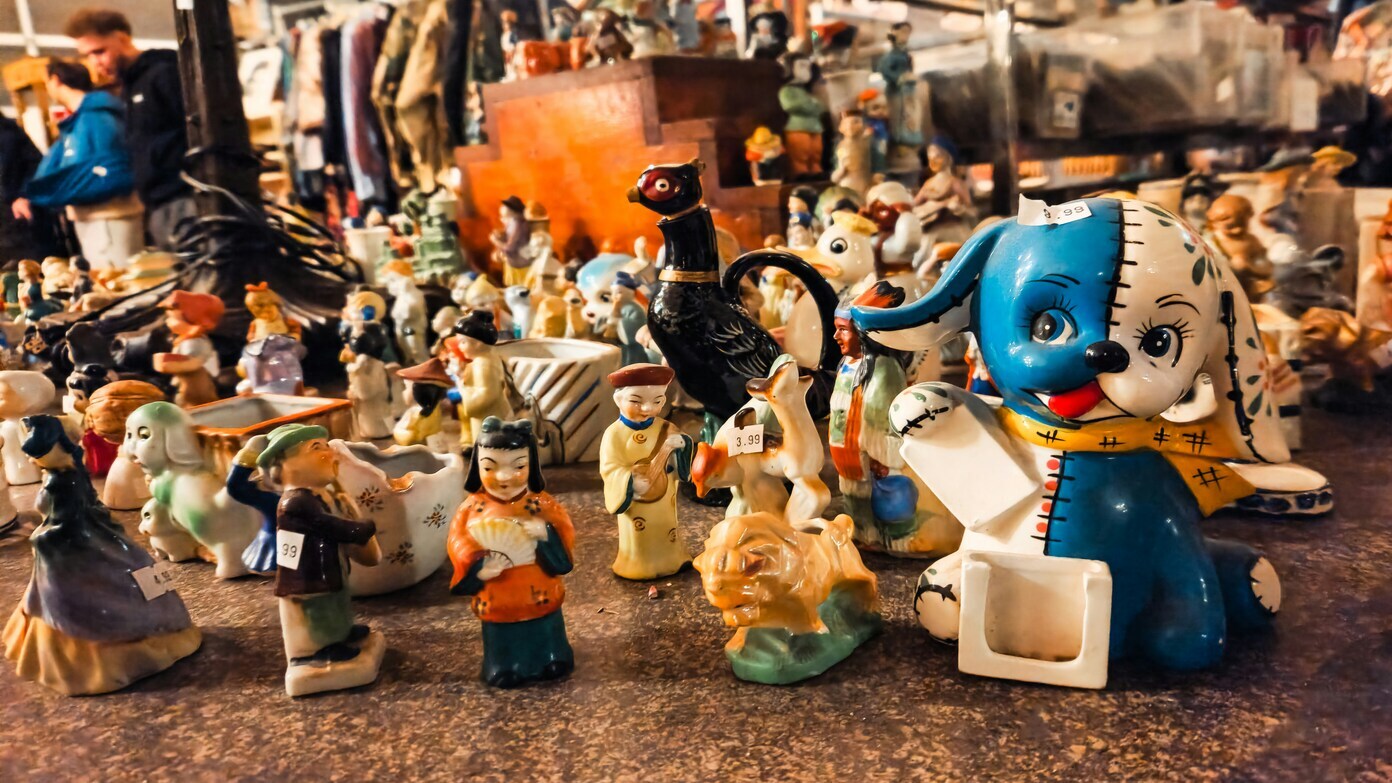Why collectibles matter as investments
Collectibles are more than just fun items to own—they can also be valuable investments. Unlike stocks or bonds, collectibles are tangible assets that people can see, touch, and enjoy. Their value often comes from rarity, cultural significance, and demand in the market. From coins and art to sneakers and sports memorabilia, the right collectibles can grow in value over time while also being meaningful items to pass down.
Fine art: A timeless choice
Fine art has always been a top collectible. An original painting or sculpture is often one of a kind, which drives its value higher as demand grows. Collectors not only enjoy the beauty of their art but also benefit if the artist’s reputation grows. However, art does come with challenges—it requires proper storage, can be expensive to buy, and market values can rise and fall unpredictably. Still, for those with the means, art can be a long-lasting legacy.
Rare coins and stamps: Classic collectibles
Coins and stamps remain some of the most traditional collectibles. Rare editions, historical designs, or misprints can become incredibly valuable. For example, a rare quarter or limited-edition stamp could be worth thousands of dollars. The challenge lies in spotting authentic pieces, which often requires research or help from experts. For families, a coin or stamp collection can be passed down through generations, carrying both historical and financial value.
Vintage Cars: Passion meets profit
Classic cars are beloved by enthusiasts, and for good reason. They are no longer being made, which makes them rare and highly collectible. Cars that are kept in excellent running condition can appreciate significantly. Many collectors buy older models, restore them, and then sell them for a profit. While this hobby requires mechanical know-how (and plenty of space), it can be one of the most rewarding collectible investments.
Investment-grade wine: wealth that ages well
The saying “aged like fine wine” is more than a figure of speech. Investment-grade wines, made from the best grapes and stored properly, can become more valuable as they mature. The downside is that wine requires very specific storage conditions, and finding buyers often means going through auctions or collectors’ groups. Still, for wine lovers, it’s a collectible that combines enjoyment with investment potential.
Comic books and toys: Nostalgia at a premium
Pop culture collectibles such as comic books and vintage toys have grown in value thanks to nostalgia. Rare first-edition superhero comics or original, unopened action figures can sell for thousands. Their value increases as surviving copies become scarcer, especially in mint condition. These items appeal to both investors and fans, making them a smart way to combine personal interests with financial growth.
Sports memorabilia and sneakers: Modern collectibles
Sports memorabilia—such as trading cards, signed jerseys, or rookie-year items—continues to be highly sought after. Collectors are often passionate fans who are willing to pay for rare items connected to iconic players or seasons. Similarly, limited-edition sneakers, especially collaborations with athletes or celebrities, have exploded in popularity. Original Air Jordans, for example, are among the most valuable sneakers ever made. Both categories require authenticity checks but can deliver strong returns.
Movie collectibles: Pieces of pop culture
From Star Wars props to vintage movie posters, film-related collectibles can be extremely valuable. Authentic costumes, limited-edition items, or rare promotional posters often grow in worth over time. They are harder to find than other collectibles, but for pop culture fans, they can be some of the most exciting items to own and pass down.
What makes a collectible valuable?
Not all old items are valuable. The key traits that drive worth are rarity, condition, demand, and historical significance. A collectible must be hard to find, well-preserved, and desirable to a large group of buyers. For example, a first-edition children’s book or a rookie trading card can command very high prices because they check all these boxes.
Collectibles as a legacy
One of the best parts about collectible investing is the personal connection. A collection can reflect your hobbies, passions, and values. When passed on to the next generation, it becomes more than an investment—it’s a family legacy. Whether it’s coins, art, sneakers, or toys, collectibles can carry both sentimental and financial value for decades to come.
Read this later:
Veterans can save big on car insurance — here’s how
Mass deportations now target military members and veterans — even those who served
What is the difference between Memorial Day and Veterans Day?

